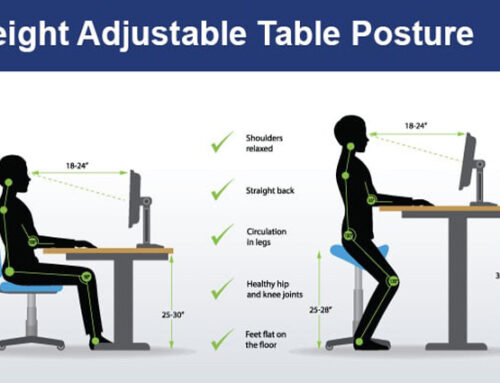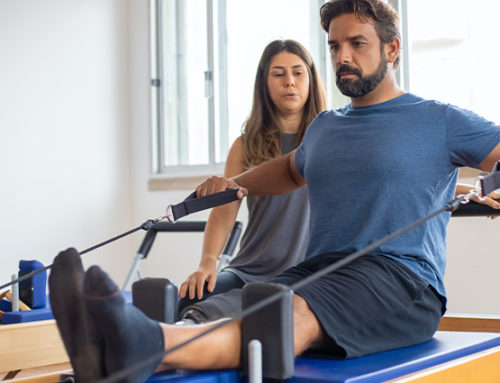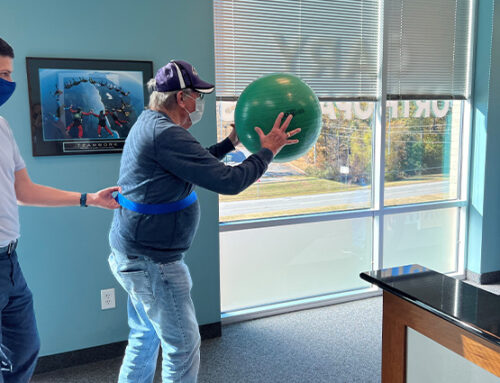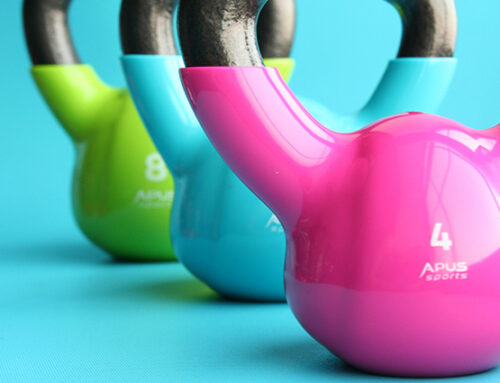If you’ve ever experienced it, you know that muscle or joint pain can throw your life off track. Not only does the pain make it difficult to perform daily tasks, but getting any rest feels like an uphill battle. A specific kind of joint pain known as bursitis affects many people — especially those over the age of 40.
At least 1 in 10,000 people develop bursitis on the knees or elbows. Usually, this is caused by bacterial infections. The good news is it can be treated and prevented if one takes the necessary precautions. Keep reading to learn more about bursitis.
What is bursitis?
Bursitis involves bursae, which are small sacs filled with fluid that provide cushioning for the tendons and muscles near the joints. When these sacs become inflamed, this is known as bursitis. The most common areas affected are the shoulder, elbow or hip. However, the heel, the big toe and knees can also be affected. The older you are, the greater your risk of developing bursitis, as your muscles and tendons cannot handle as much stress. The elasticity of the muscles lessens, making it easier to tear.
What causes bursitis?
Bursitis can be caused by several things, such as repetitive movement from participating in sports or from working a physical job. It can also be caused by injuries. If you have inflammatory arthritis or rheumatoid arthritis, you may also be prone to developing bursitis.
Inflammation related to bursitis is often known to affect those who live a sedentary lifestyle. You may be more at risk of developing bursitis if you are older or have underlying health conditions, such as gout or diabetes. Also, if you are overweight, you may be more susceptible. Certain hobbies or jobs that involve repetitive motion can increase your risk of developing bursitis.
What are the symptoms?
If you have bursitis, you will experience stiffness or achiness of the joints. Pain is worse when you touch the affected area. The area may also be red and appear swollen. You may also have fevers, warmth in the affected area or experience difficulty in moving joints. If you develop any of the symptoms mentioned, illness or inability to move the joints, contact your orthopaedic specialist, as you could have an infection.
What are the treatments?
One simple way to treat bursitis is to apply ice to the area. Get plenty of rest and take care not to use those joints when you can. Elevate the joint, if possible, and apply a brace, bandage or splint to keep it steady. Take anti-inflammatory medication to reduce swelling. Your orthopaedic doctor may prescribe steroids or other medication to help with pain and swelling.
If necessary, they may also inject the medication into the area that is irritated. Physical therapy may be suggested, as this can help you strengthen your body and enhance your ability to move the joints. If the bursae are infected, they may need to be drained of fluids and treated with antibiotics. On rare occasions, surgery may be necessary.
How can I prevent bursitis?
The best way to prevent bursitis is to reduce your risks as much as possible. If you are, for example, gardening or laying tile or carpet, help ease the strain on your knees by wearing knee pads. Take care of your body by learning to lift heavy objects properly. Never lift with your back, but rather by bending your knees. This takes the strain off of your hips and back. For especially heavy objects, use a cart or a dolly to help reduce stress on your body.
Take breaks from vigorous activities. If you have a job or a hobby that involves consistent movement, take a break whenever possible. Stay physically fit and maintain a healthy weight to minimize the stress placed on joints. Exercising consistently also helps to strengthen the body and the area affected by bursitis. Before exercising, make sure to warm up properly so as not to hurt the muscles and joints.
Bursitis treatment in Cary
Don’t live with the pain of bursitis. Know the symptoms and take steps to prevent this ailment. Contact us today if you are experiencing any type of joint or muscle pain.






